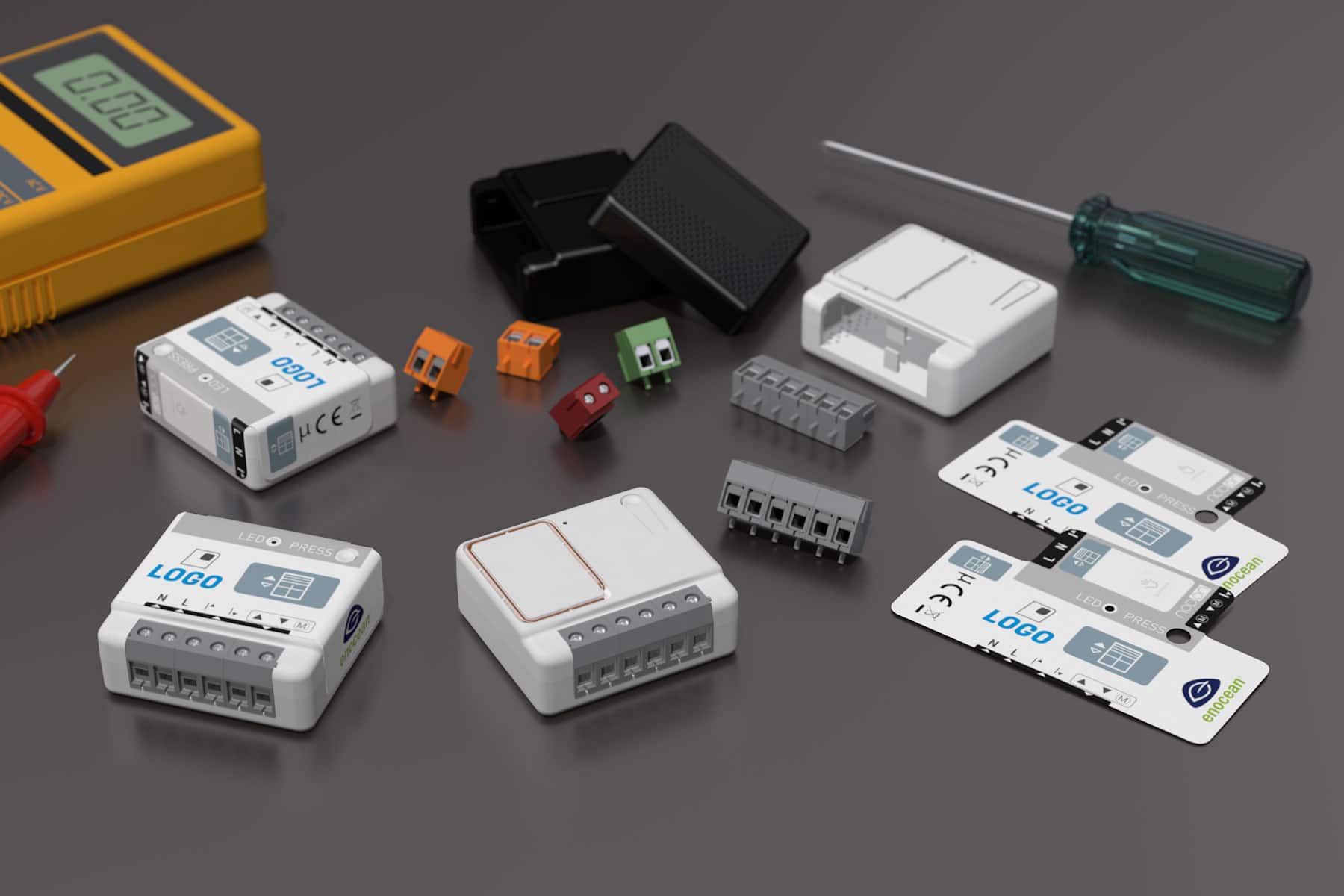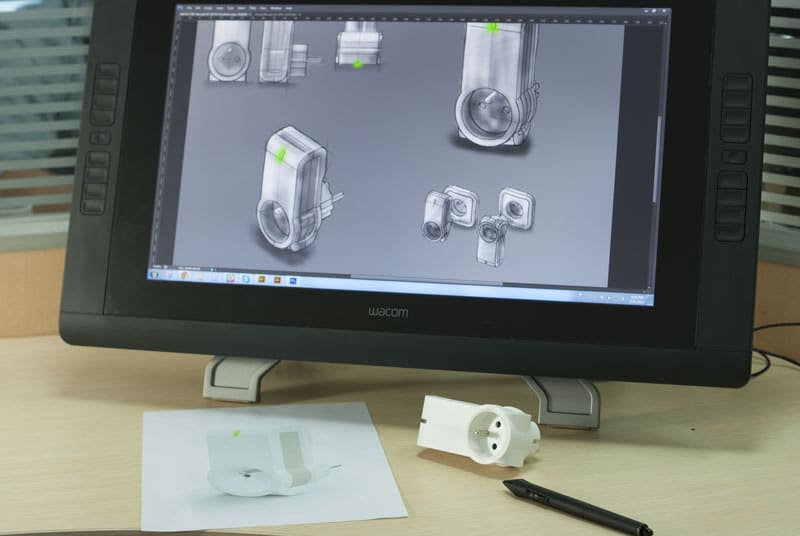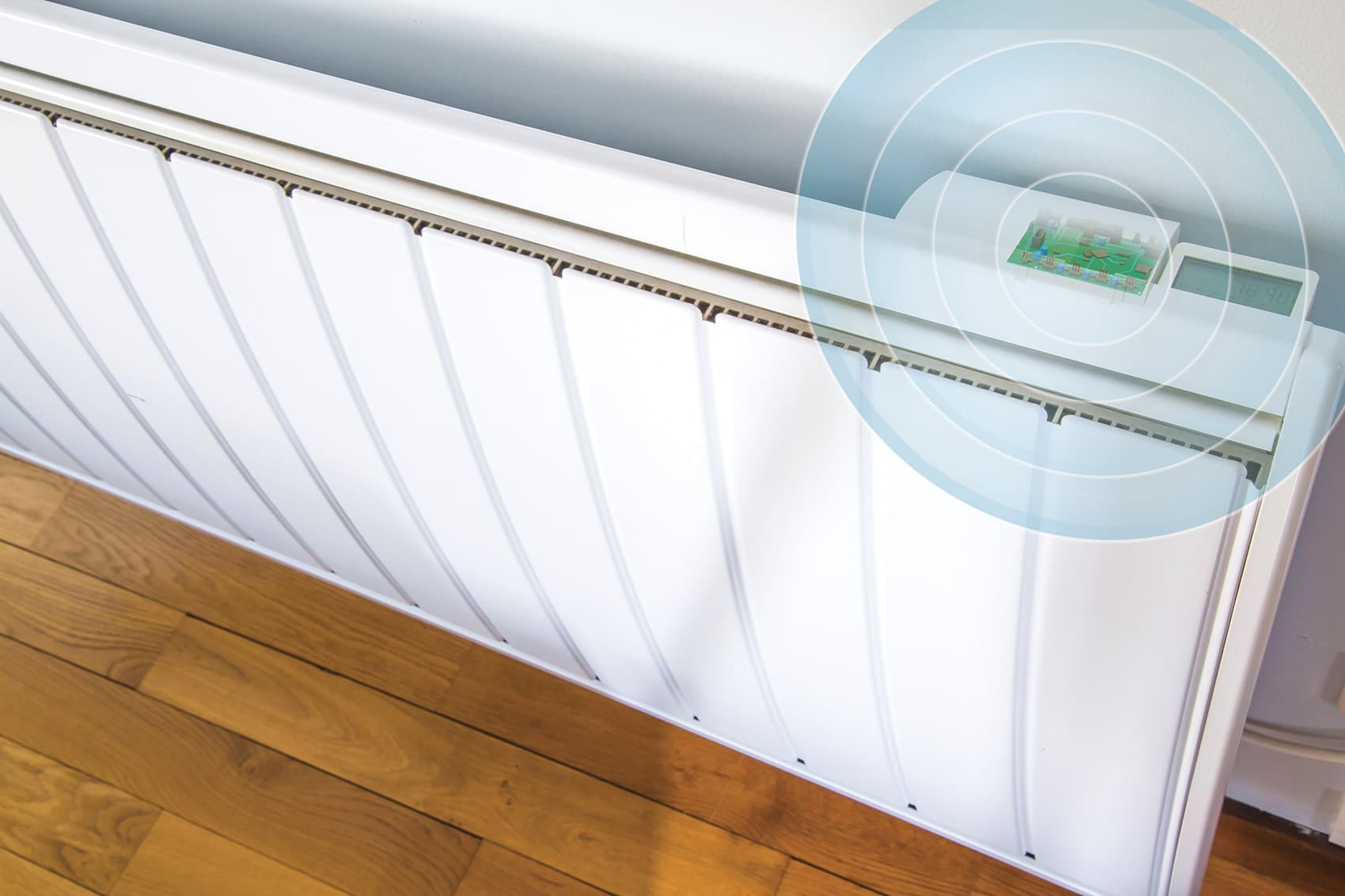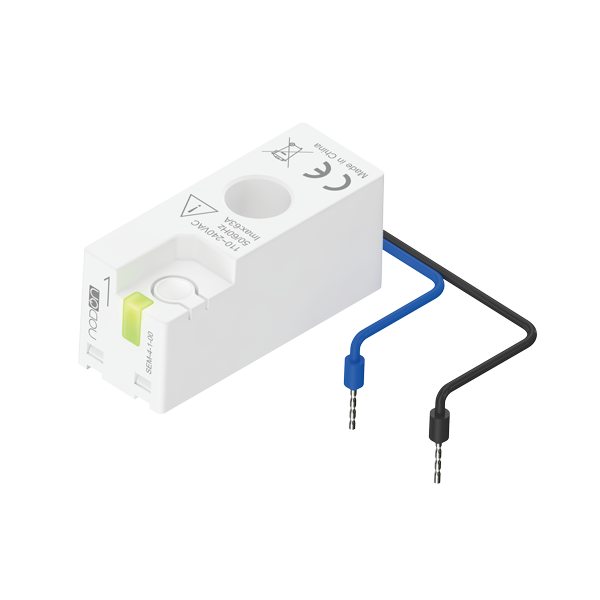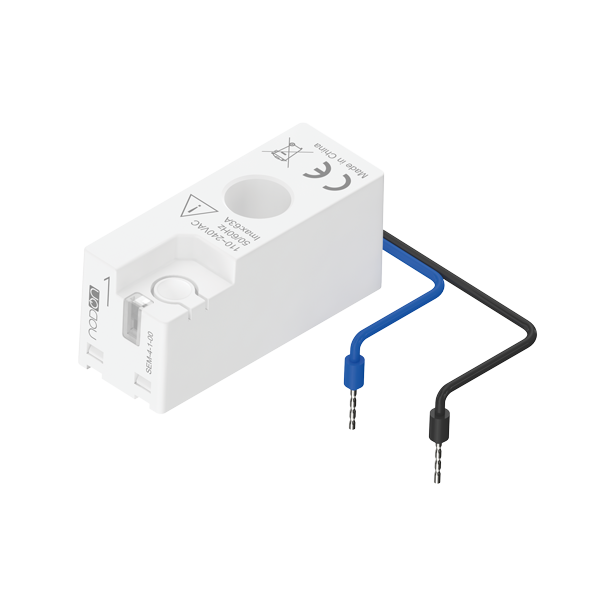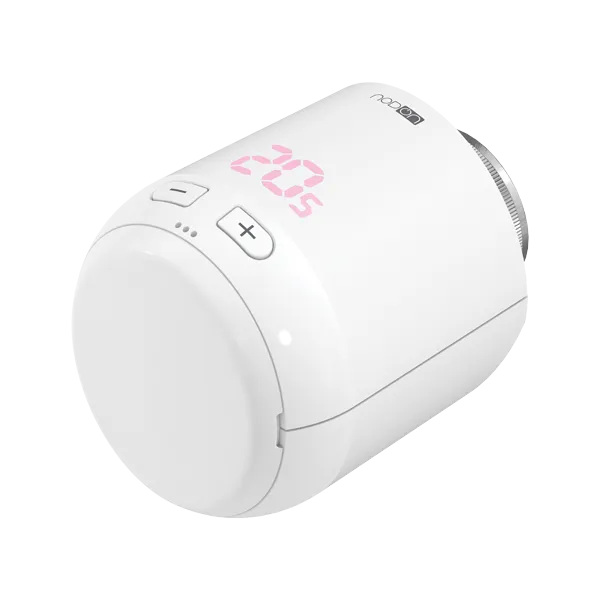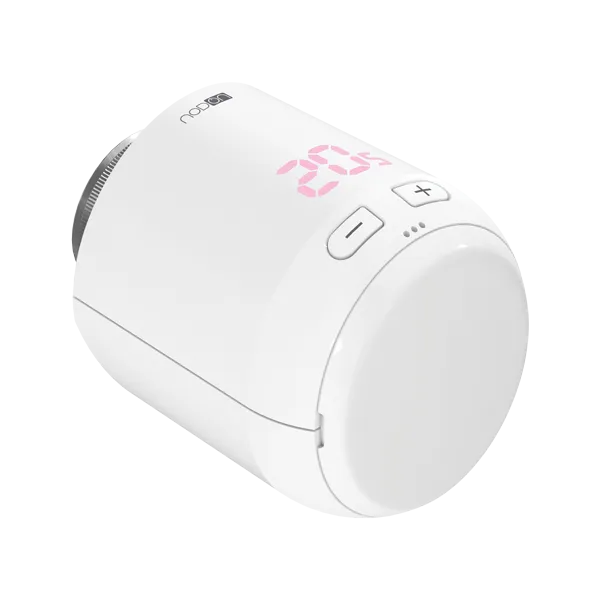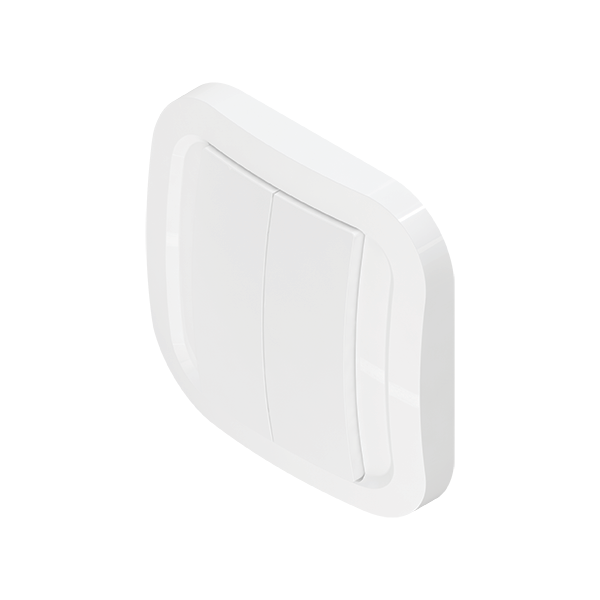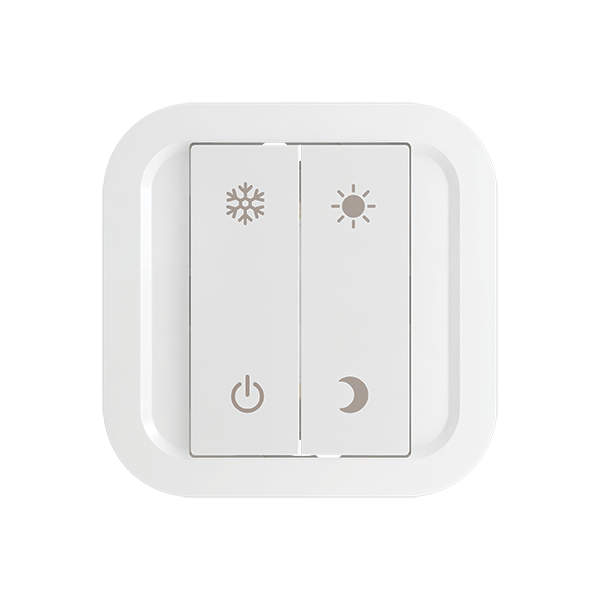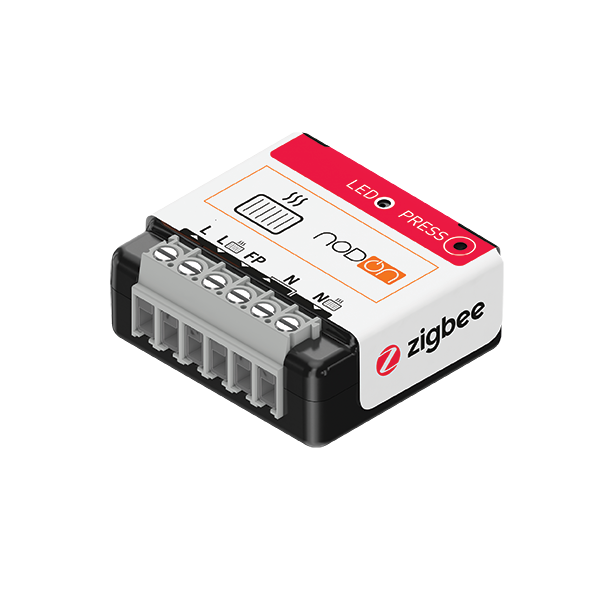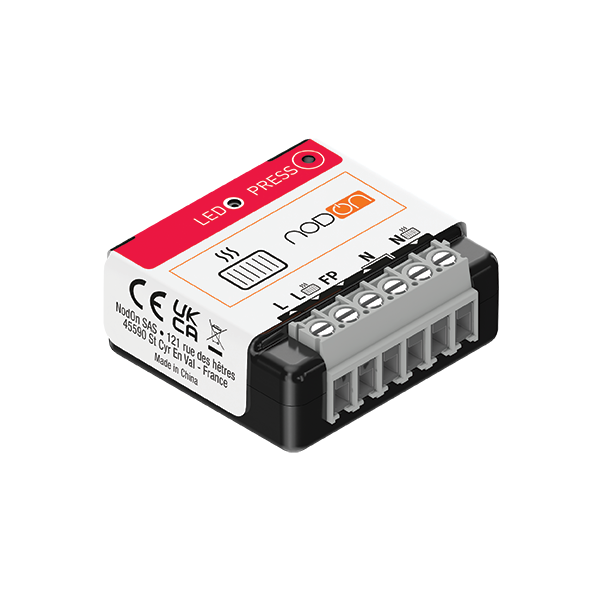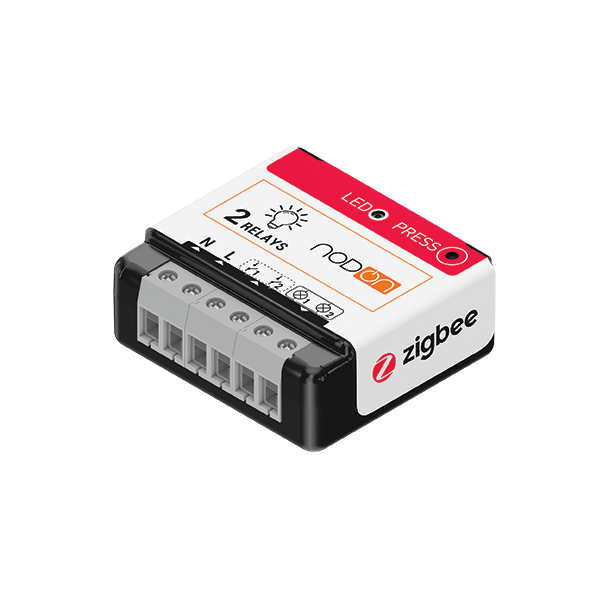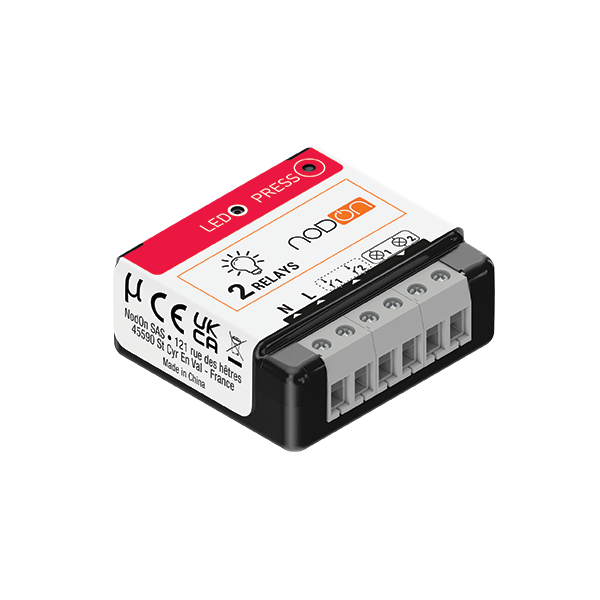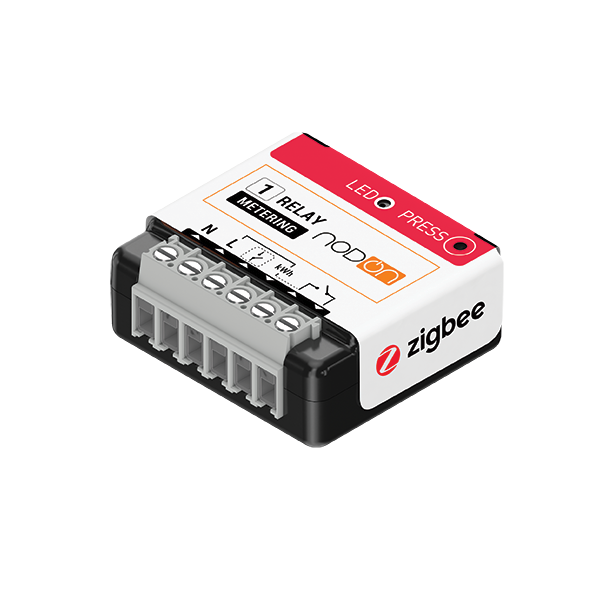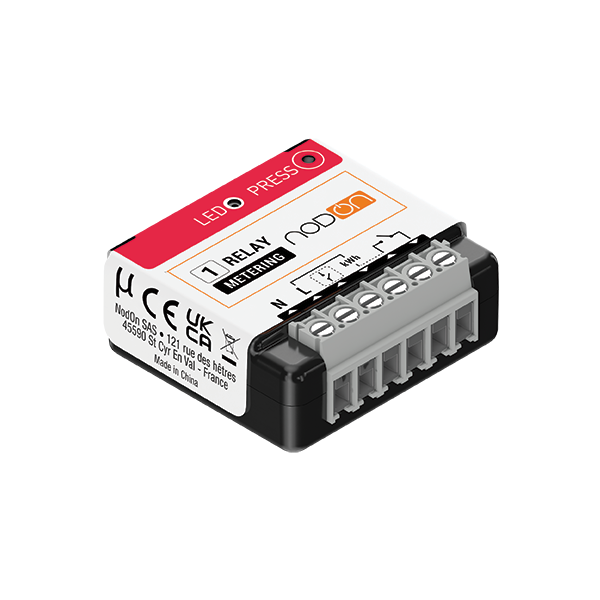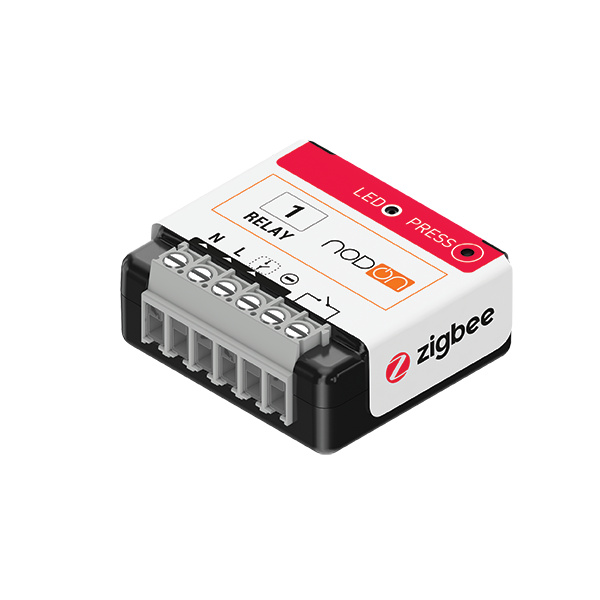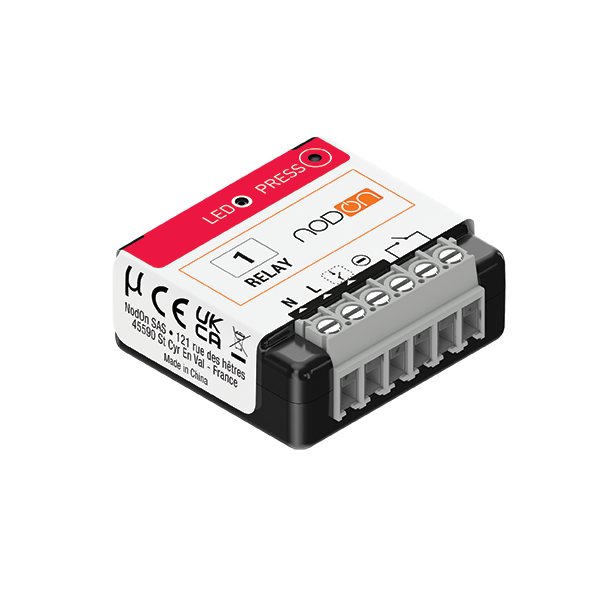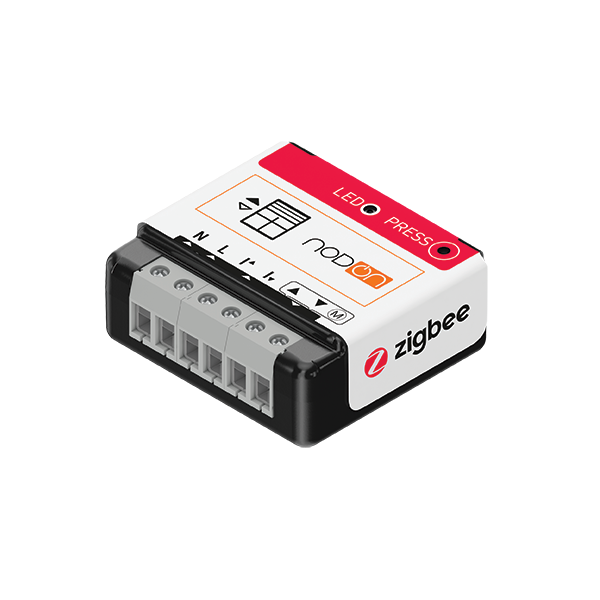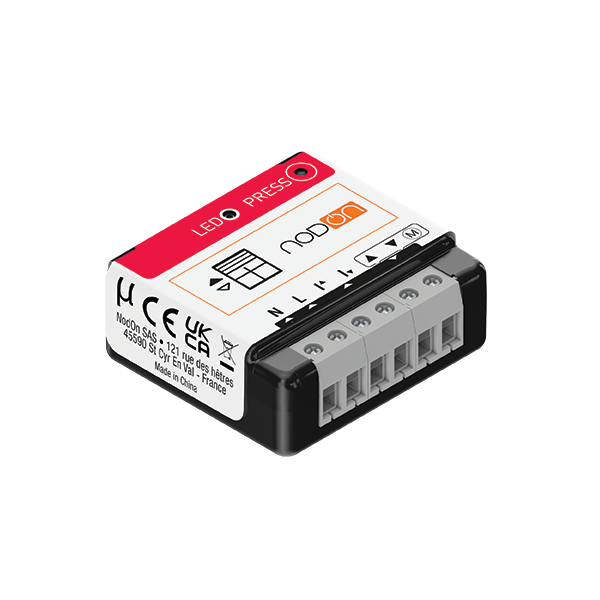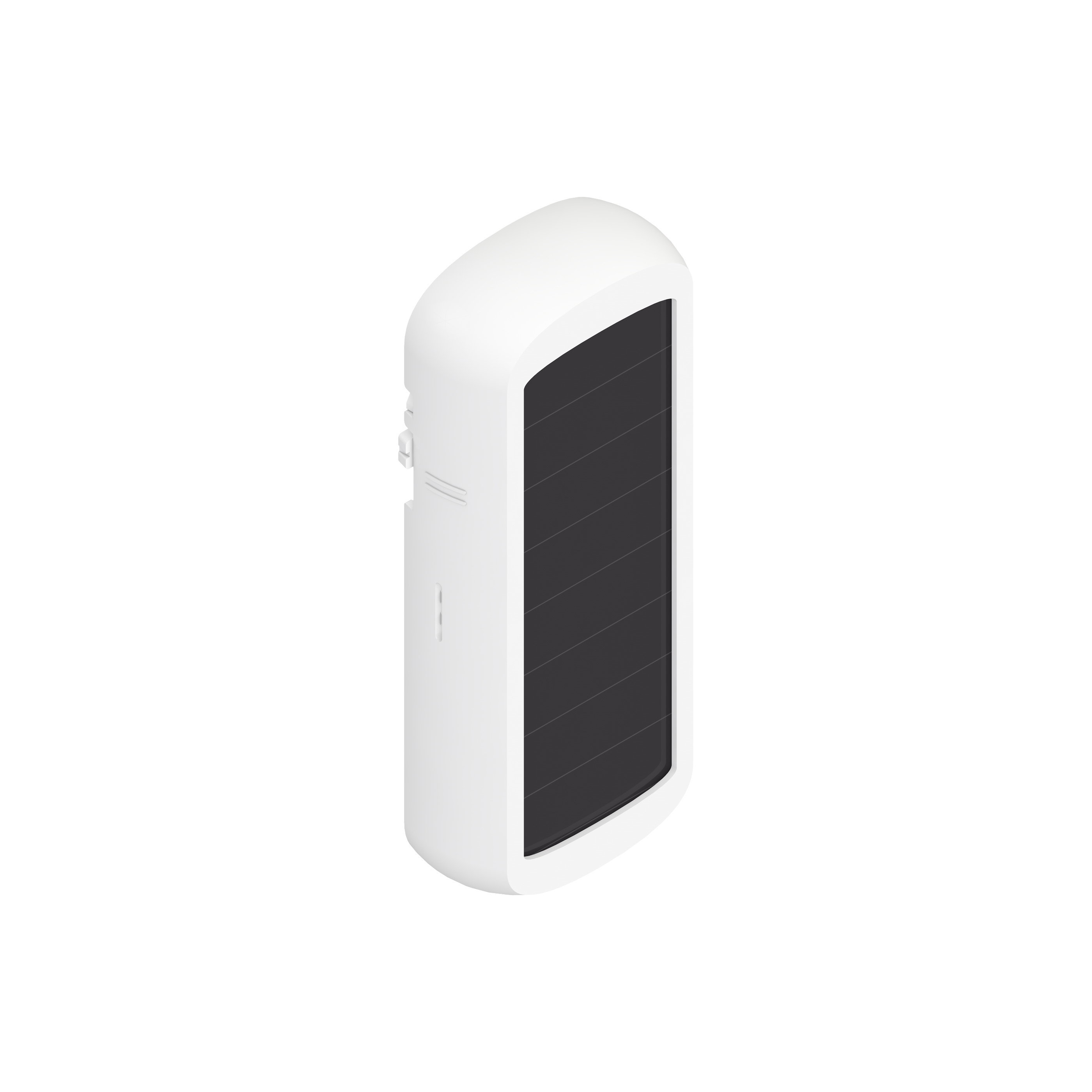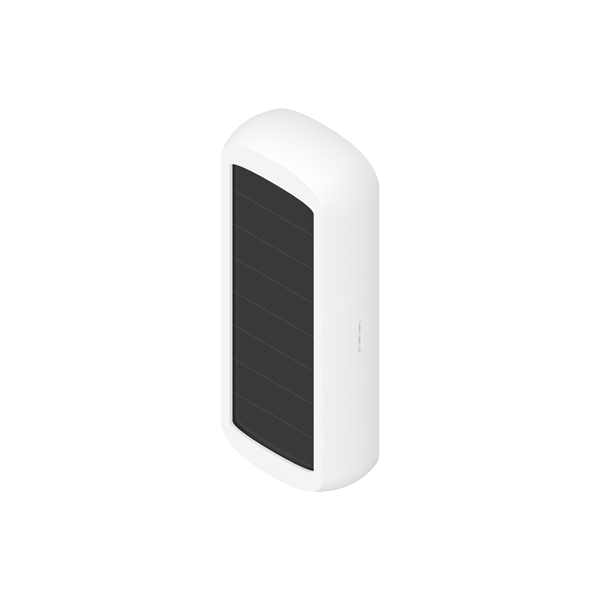
The universal language of the connected home
Zigbee is a radio protocol based on the IEEE 802.15.4 specification. It is a cost-effective technology, requiring little energy to transfer data.
Zigbee was designed in 1998 and then standardized in 2003 and revised in 2006, creating Zigbee 3.0 which promotes interoperability. Used for the connected home market and IoT applications, this wireless network is now standardized and certified by the Connectivity Standards Alliance.

Your Zigbee product designed by NodOn
Now adopted by major players in the connected home ecosystem such as Amazon and its Alexa voice speaker, Zigbee is booming on the European market and already well established in North America.
Innovation is at the heart of NodOn, we already master this radio protocol and as a member of the Connectivity Standards Alliance, we can create your Zigbee Green Power certified product with your custom application firmware. "Alexa, turn on the living room light and close the shutters" is possible thanks to a lighting module and a Zigbee roller shutter module designed by our teams, for you and under your brand.
Zigbee 3.0 and Green Power
A Zigbee network is made up of many objects that act as routers. Each of them will extend the range of the network and make it more reliable, allowing hundreds of objects to communicate with each other.
Zigbee 3.0 is a radio protocol that enables a universal language between products, it is used by more than 400 manufacturers who are members of the Connectivity Standards Alliance. Zigbee 3.0 objects can control lighting, HVAC, alarms, etc. It is a radio protocol recognized by the market and used by all types of companies.
The Green Power function allows the use of energy harvesting technologies (rocker movement, photovoltaic cells, etc.) to be integrated into the Zigbee stack, allowing the design of battery-free products. This function applies to all types of products: controllers (switches, remote controls), sensors (temperature/humidity, movement, door opening) as well as actuators (modules, connected sockets).
